
Browse an alphabetical list of articles about the Holocaust and World War II. Learn more about topics such as the Nazi rise to power, how and why the Holocaust happened, life in Nazi camps and ghettos, and the postwar trials.
<< Previous | Displaying results 51-96 of 1105 for "Article" | Next >>
The 8th Armored Division participated in major WWII campaigns and is recognized for liberating the Halberstadt-Zwieberge subcamp of Buchenwald in 1945.
The 8th Infantry Division participated in major WWII campaigns and is recognized for liberating the Wöbbelin subcamp of Neuengamme in 1945.
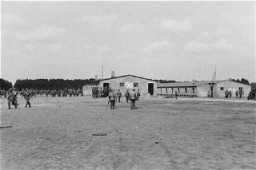
The 90th Infantry Division participated in major WWII campaigns and is recognized for liberating the Flossenbürg concentration camp in 1945.
The 95th Infantry Division participated in major WWII campaigns and is recognized for liberating Werl, a prison and civilian labor camp, in 1945.
The 99th Infantry Division participated in major WWII campaigns and is recognized for liberating subcamps of the Dachau concentration camp in 1945.
The 9th Armored Division participated in major WWII campaigns and is recognized for liberating Zwodau and Falkenau an der Eger, Flossenbürg subcamps, in 1945.

Read the Jewish Partisan Educational Foundation's short biography of Abba Kovner.
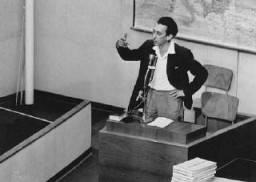
Iranian diplomat Abdol Hossein Sardari gave critical assistance to Iranian Jews in occupied France (1940-1944) to protect them from Nazi persecution.
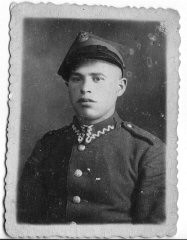
After WWII and the fall of the Nazi regime, Holocaust survivors faced the daunting task of rebuilding their lives. Listen to six survivors tell their stories.
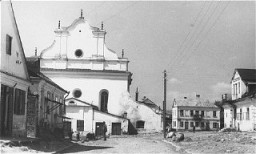
Learn about the administration and commandants of the Auschwitz camp complex in German-occupied Poland.
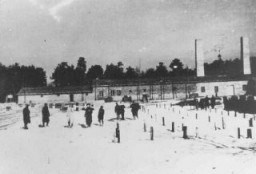
Adolf Hitler, leader of the Nazi Party, aimed to eliminate Europe's Jews and other perceived enemies of Nazi Germany. Learn more.
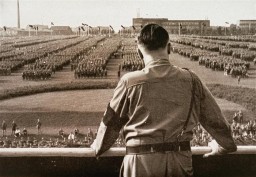
Adolf Hitler established himself as absolute Führer, or leader, of the Nazi Party by 1921. Learn more about Hitler in the years 1919-1924.
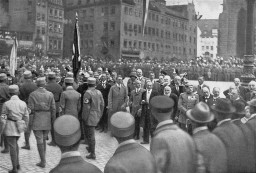
Under Adolf Hitler, the Nazi regime was responsible for the mass murder of 6 million Jews and millions of other victims. Learn about Hitler in the years 1924-1930.
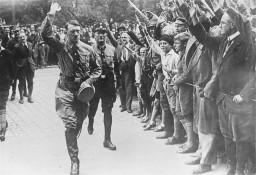
Under Adolf Hitler's leadership, the Nazi regime was responsible for the mass murder of 6 million Jews and millions of other victims. Learn about Hitler in the years 1930-1933.
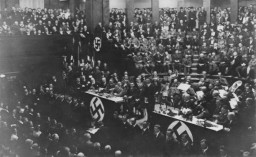
Learn about Adolf Hitler's experiences during World War I and his ideological development after the war.
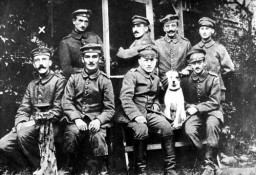
Under Adolf Hitler, the Nazi regime would be responsible for the murder of 6 million Jews and millions of other victims. Learn about Hitler's early years.
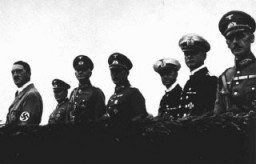
Learn about some key dates in the life of Adolf Hitler, one of Europe's most ruthless dictators, who led the Nazis from 1921 and Germany from 1933-45.

Learn about African Americans' experiences in Nazi Germany before and during World War II.
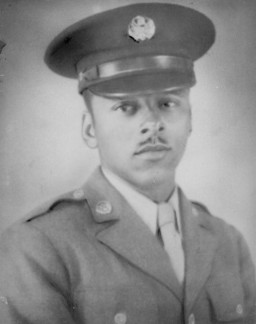
Read about the Nazi persecution of Black people, as well as Black people's experiences in Germany before the Nazi rise to power.
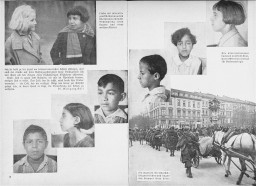
Survivors of the Holocaust faced huge obstacles in rebuilding their lives. Learn about the challenges they faced in the aftermath of the Holocaust.
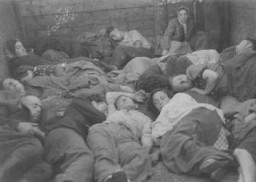
Architect Albert Speer joined the Nazi Party in 1930, becoming Hitler's personal architect. He was later Minister of Armaments and Munitions in Nazi Germany.
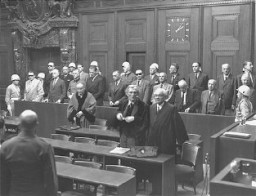
Read the Jewish Partisan Educational Foundation's short biography of Alexander White.
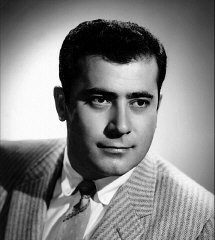
Jewish military officer Alfred Dreyfus was wrongfully convicted of treason against France in 1894. The trial and ensuing events are known as the “Dreyfus Affair.” Learn more.
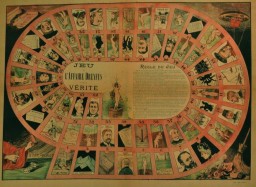
Brief overview of the charges against Alfred Jodl, chief of the German Armed Forced High Command, during the International Military Tribunal at Nuremberg.
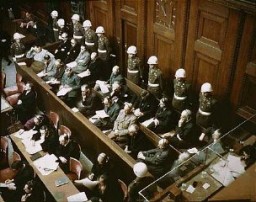
German Jewish writer Alfred Kerr was a well known theater critic during the Weimar period. His works were burned during the Nazi book burnings of 1933.
Nazi ideologue Alfred Rosenberg was found guilty at the postwar trial of leading Nazi officials, and was sentenced to death. Learn more about his roles.

Explore a biography of Alfred Rosenberg, influential Nazi intellectual who held a number of important German state and Nazi Party posts.
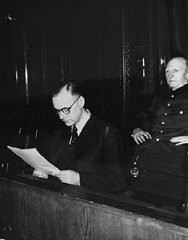
Learn more about Aliyah Bet, the clandestine immigration of Jews to Palestine between 1920 and 1948, when Great Britain controlled the area.
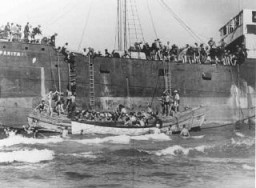
Read the Jewish Partisan Educational Foundation's short biography of Allen Small.
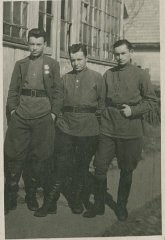
Learn about the North African military campaigns of World War II which took place between September 13, 1940, and May 13, 1943.
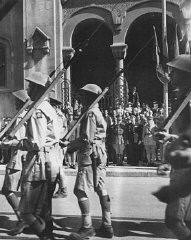
The Germans established the Althammer camp in September 1944. It was a subcamp of Auschwitz. Read more about the camp's history and conditions there.
Learn about US journalists, including Edward Murrow, William Shirer, and Dorothy Thompson, and their impact during the Nazi rise to power and WWII .
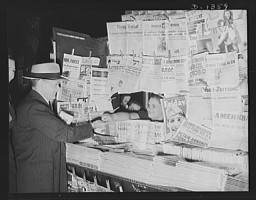
The American Jewish Congress led anti-Nazi protest rallies in the 1930s and 1940s. Learn about the AJC's creation, leadership, activities, and rescue efforts.
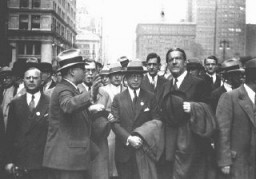
A relief organization, the American Jewish Joint Distribution Committee (JDC or Joint) was established in 1914. Learn about its activities before, during, and after WWII.
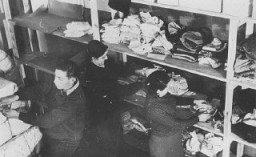
Learn about Amsterdam during World War II and the Holocaust, including deportations of Jews to concentration camps and killing centers.
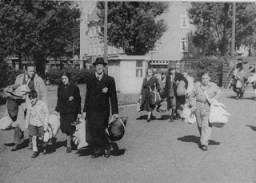
Recommended resources, topics, context, rationale, and critical thinking questions if you have limited time to teach about the Holocaust.
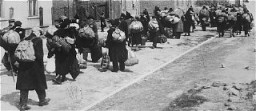
Anna Seghers was an influential, antifascist author. Her novel, in which she spoke out against social injustice, was burned in Nazi Germany in 1933. Learn more.
Anne Frank is among the most well-known of the six million Jews who died in the Holocaust. Discover who Anne Frank was and what happened to her.
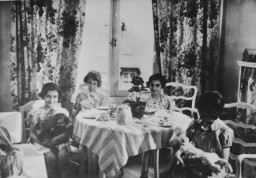
The Diary of Anne Frank is often the first exposure readers have to the history of the Holocaust. Learn about Anne's diary, including excerpts and images.
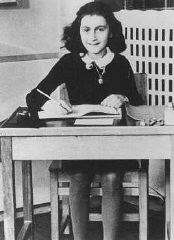
Diaries bear witness to some of the most heartbreaking experiences of the Holocaust. Read excerpts from the diary of an anonymous child in the Lodz ghetto.
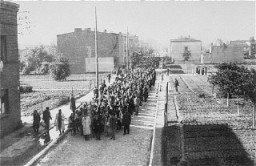
The Vichy regime introduced race laws to the North African territories in October of 1940. Learn about the impact of the laws on the region’s Jewish people.
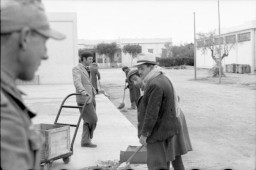
Nazi anti-Jewish laws began stripping Jews of rights and property from the start of Hitler’s dictatorship. Learn about antisemitic laws in prewar Germany.
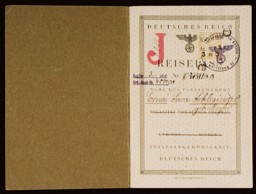
Hundreds of laws, decrees, guidelines, and regulations increasingly restricted the civil and human rights of Jews in Germany from 1933-39. Learn more.
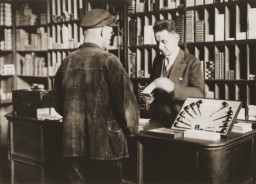
The word antisemitism means prejudice against or hatred of Jews. The Holocaust is history’s most extreme example of antisemitism. Learn more.
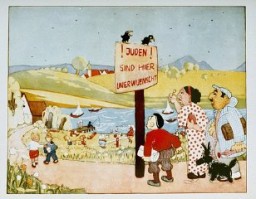
Throughout history Jews have faced prejudice and discrimination, known as antisemitism. Learn more about the long history of antisemitism.
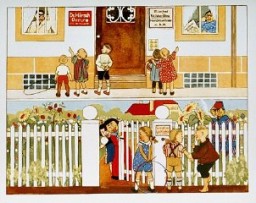
We would like to thank Crown Family Philanthropies, Abe and Ida Cooper Foundation, the Claims Conference, EVZ, and BMF for supporting the ongoing work to create content and resources for the Holocaust Encyclopedia. View the list of donor acknowledgement.